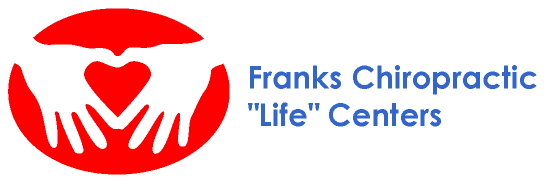Physiotherapy is offered in office to help compliment your Chiropractic care. These therapies are designed to address pain, muscle spasm, inflammation, and decreased ranges of motion.
- Heat and cold. Chiropractors may alternate between heat and ice therapy to help patients treat back pain. Ice packs may be used to numb the back for a 10 to 15 minute period and then switched with a heating pad, heat wrap or hot water bottle to restore blood flow to the area and promote faster healing.
- Exercise. Chiropractors may provide patients with instructions for an exercise program focusing on stretching and strengthening the back. For more information, see Exercise and Chiropractic Therapy.
- Electrical muscle stimulation. During this chiropractic therapy, electrodes are placed on the skin that send light electrical pulses to different areas of the body with the purpose of reducing inflammation, curtailing muscle spasms and relieving back pain.
- Transcutaneous electrical nerve stimulators (TENS). The most common form of electrical stimulation, TENS units feature electrodes that are placed over the painful area with the user having the power to control the intensity of electrical stimulation. It is believed that TENS help block the transmission of pain signals along the nerves and also release the body’s natural painkillers, endorphins.
- Traction. A chiropractic traction massage may include the patient lying face up as a system of rollers move about the back, all the while stretching and massaging the muscles in the back. Chiropractors may use other traction devices that stretch the spine, decompress the discs and reduce the pressure on the nerve roots (a procedure known as non-surgical spinal decompression).
- Ergonomics. During the course of chiropractic care, the chiropractor may recommend some modification such as a work station change that is applied at home and/or at work. The success or failure of obtaining patient satisfying outcome may be directly related to applying an ergonomic/job-related modification or a hobby-related irritating activity.
- Pelvic stabilization. When leg-length deficiency, flat feet and/or subtalar instability are present, the chiropractor may place a small heel lift in the shoe on the short leg side and/or prescribe corrective arch supports to help stabilize the pelvis.
- Patient education. A chiropractor may advise a variety of lifestyle modifications, including diet and nutritional programs, self-care and coping strategies, to the patient experiencing lower back pain.
